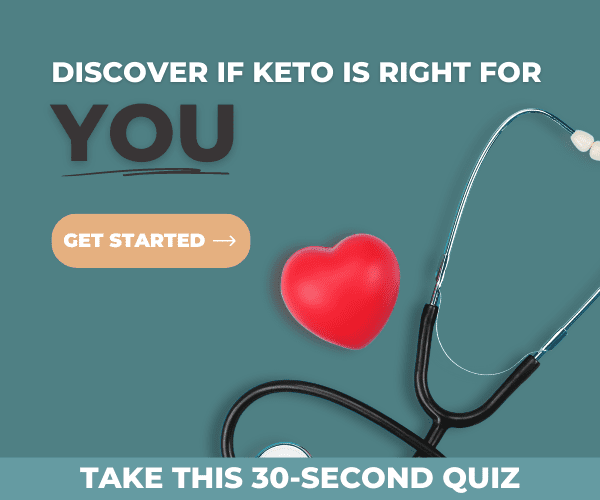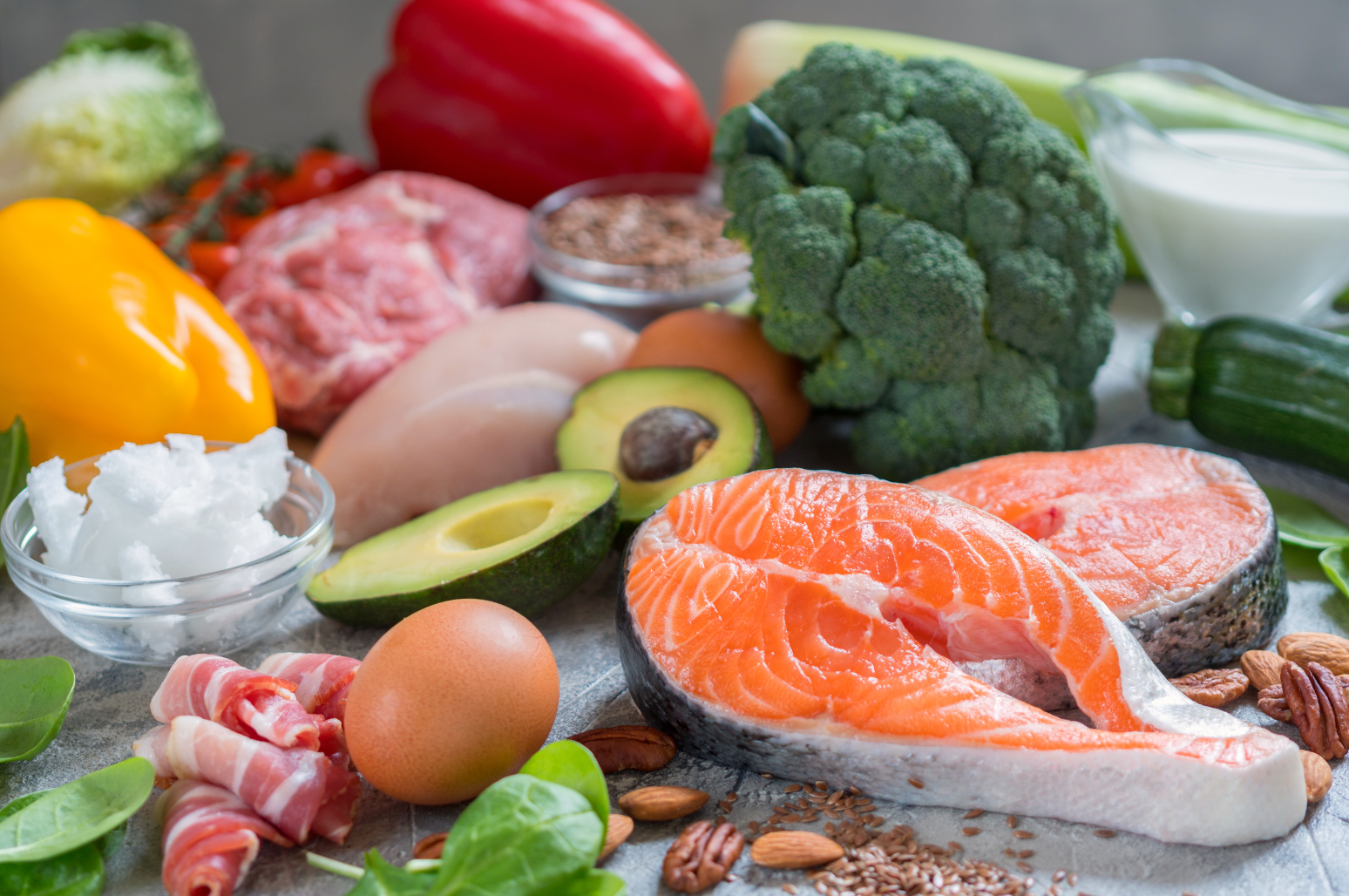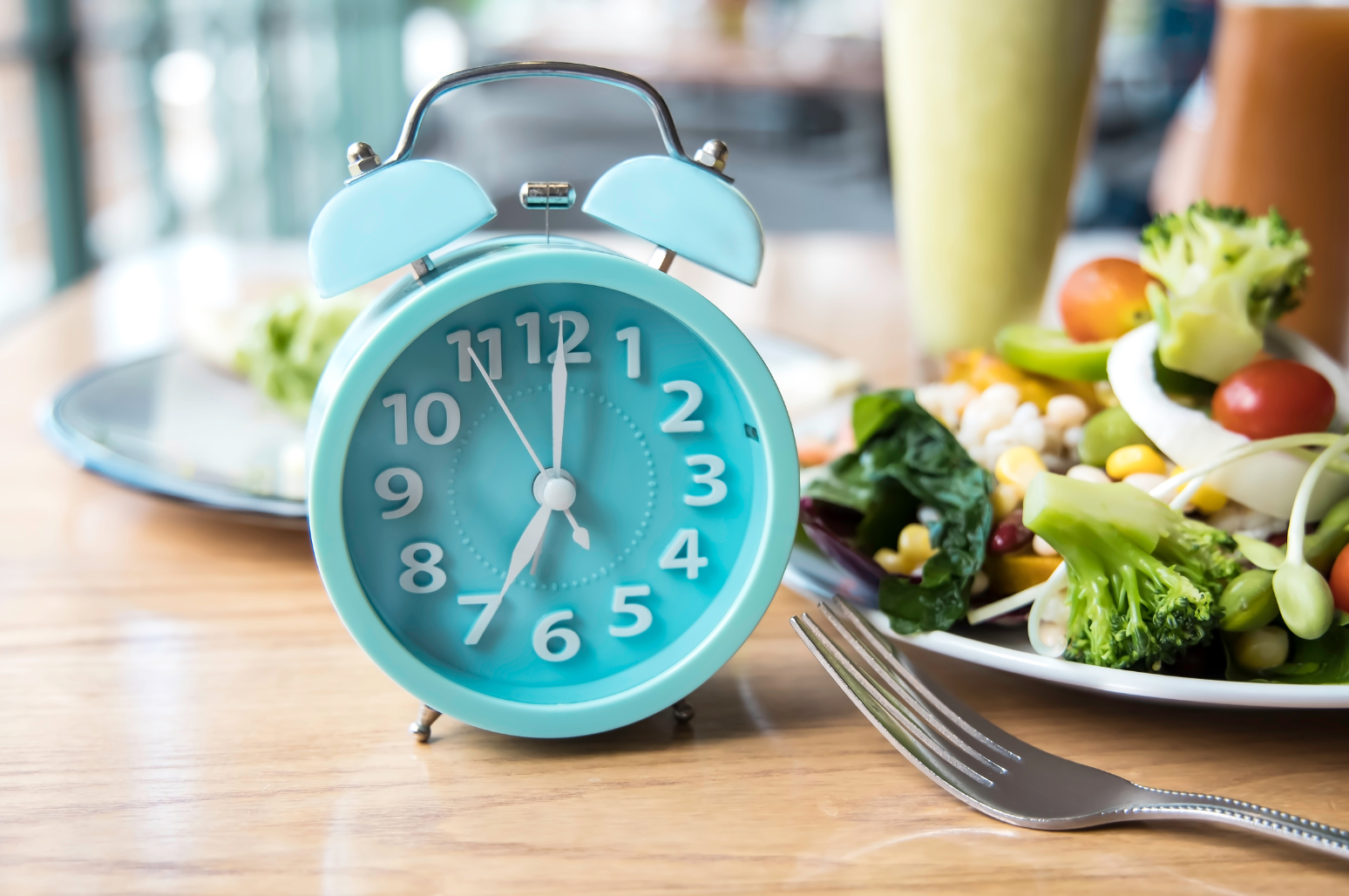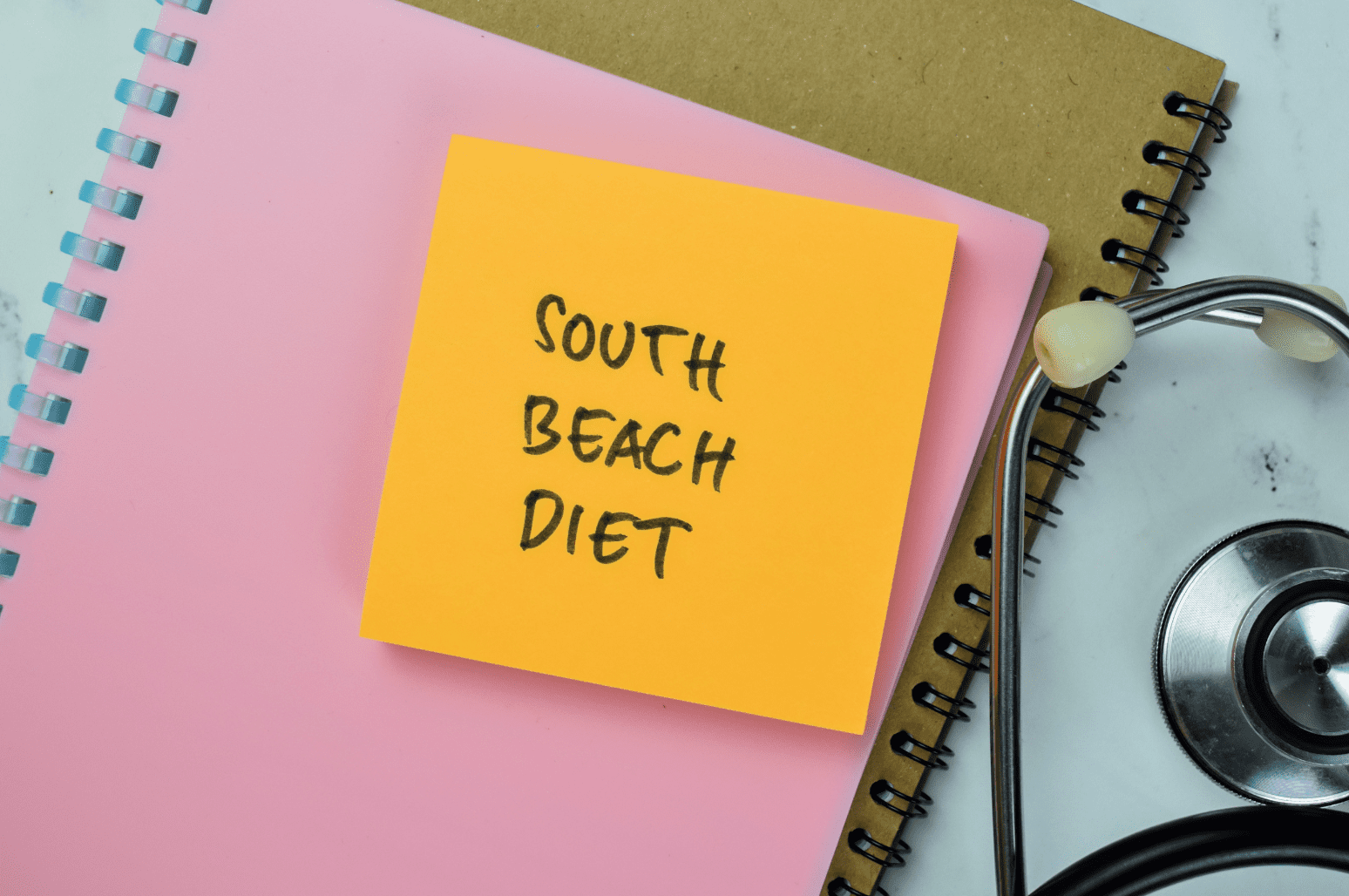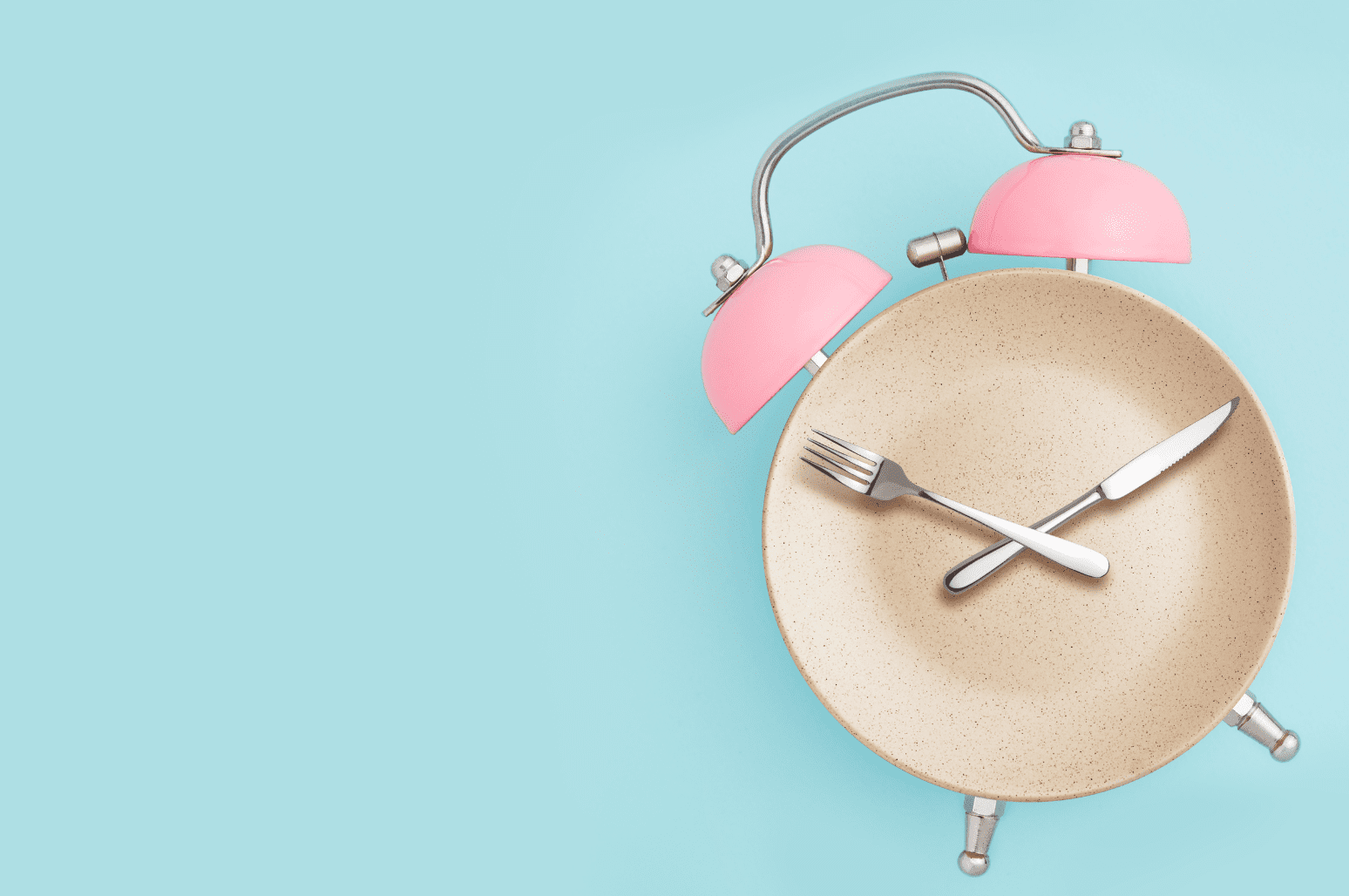Stress Eating on Keto: How to Prevent Cravings on the Ketogenic Diet

Shifting to a keto diet can be dramatic. Going from a carb-fueled meal plan that can be driven by sugar cravings and erratic blood sugar to a high-fat, low-carb ketogenic plan is literally turning things upside down.
During this transition, you may start to realize that your eating wasn’t always driven by hunger, and that old habits die hard. Even when you’ve achieved ketosis and don’t need to eat, certain situations, like a stressful day or being trapped at home during a pandemic, can lead to stress-eating or bingeing. This can negatively impact your ability to get into, or stay in, ketosis. Here are some tips to help you avoid stress-eating and to make sure your desire to eat is driven by hunger.
Hormone Changes on Keto
A keto diet naturally decreases your appetite because it brings ghrelin, a hormone that regulates hunger, into a better balance. After you’ve been keto for a bit, you may realize that you’re not nearly as hungry as you used to be. This is a normal impact of the body transitioning to a reliance on ketones instead of glucose. [1]
When you’re following a keto plan, you may need to remind yourself to eat more often than you’d normally choose to. This is where following your macros and making sure you’re meeting daily energy needs is important. However, even when you’re in ketosis and successfully following your macros, you may still be plagued with sugar cravings or the desire to snack for comfort. If this is the case, it may be a sign that you actually need more carbs than you’re allowing (while still maintaining ketosis), or it could be a sign that you’re eating too many carbs and they’re driving your desire for more.
Are you Stress Eating or Does It Mean more?
The way to sort out whether you need to increase or decrease your current carb intake is to keep a food journal for a week. Note how you feel when you eat foods and consider that the meals you eat can influence your mood and feelings for up to 24 hours. Try a higher carb day and pay attention to whether your cravings increase or decrease over the next 24 hours. Then, try a lower-carb day and note the same.
A ketogenic diet isn’t a simple formula that you apply. You may need to tweak your macros based on seasons of life. If you’re new to keto and struggling, you may need to gradually decrease your carb intake and slowly ease your way into ketone-dependence. This may be a better way to retrain your brain away from its carb-dependent habits.
Choose the Right Carb to Stop Stress Eating
Keep in mind that the kind of carb matters, too. If you’re trying some that seem to make you want more, switch to something else and see if it has the same effect. For example, keto desserts made with low-calorie sweeteners can still trick your brain into thinking it’s getting the real thing. Keep a cravings log and if you find yourself having increased cravings after having these treats, try reaching for a protein-packed whole food (like almonds or cheese).
If you’re approaching keto as a lifestyle change and not a quick-fix fad, you’re better off to put the time in and investigate how certain foods make you feel and affect your ketogenic journey.
References
Paoli, A., Bosco, G., Camporesi, E. M., & Mangar, D. (2015). Ketosis, ketogenic diet and food intake control: a complex relationship.Frontiers in psychology, 6, 27. https://doi.org/10.3389/fpsyg.2015.00027


